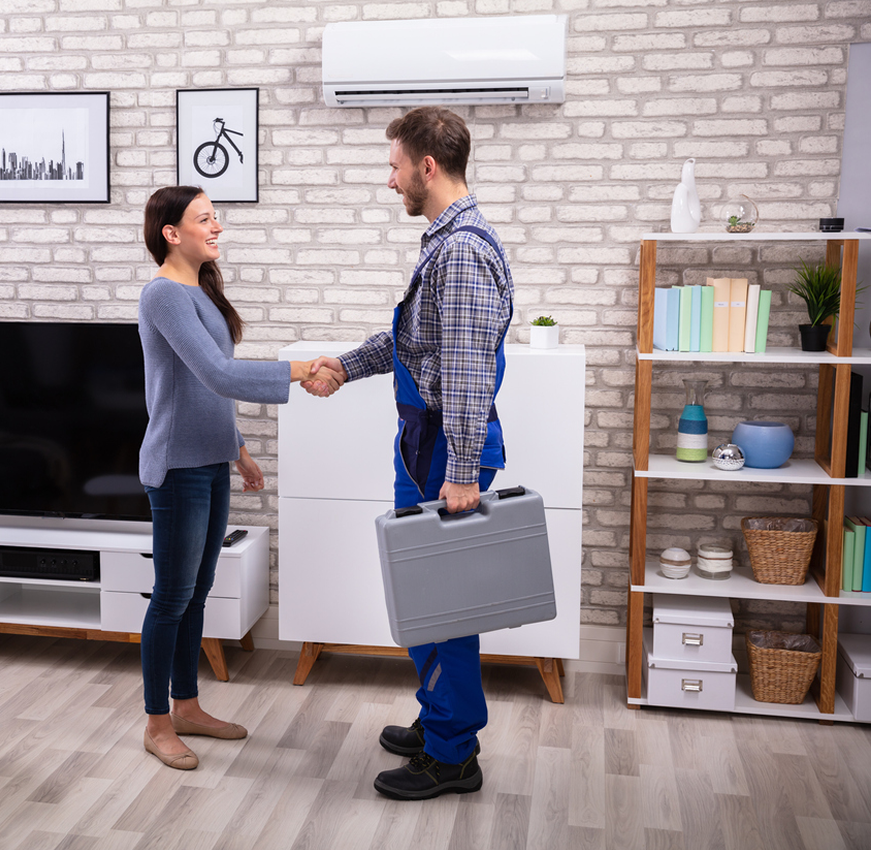-
How does the air quality outside affect my house?
Regardless of how well you think you’ve sealed your home, air will circulate from outside and come indoors. So, if you have a strong source of pollutants near your homes, such as a busy highway or an airport, you are more likely to have air quality issues inside your home. The concentrations, however, will be relatively low, which means it is very feasible to control and remove those pollutants which effective air filtration.
-
What gasses should I be looking for in my indoor air quality?
The most worrisome gas you might encounter in your home is carbon monoxide. This colorless and odorless gas can build up due to a leak of exhaust from one of your appliances and can even cause death when ignored. That’s why a carbon monoxide detector is so highly recommended and required by law. Other gasses, however, can also cause health problems or varying severity if left unchecked.
Nitrogen dioxide is both poisonous and combustible while various solvents and perfumes can frequently cause health issues if proper ventilation is not present when they are used. You may also have pesticides or smoke build up in your home that can cause tremendous issues for those with asthma or common household allergies.
-
Which type of air cleaner is best for my home?
The type of air cleaner you use will largely depend on what types of pollutants are found in your home. Most homes will have a decent amount of common allergens like pet dander, dust, and mold, but some might also suffer from gasses, exhaust fumes, or smoke from outdoor sources. If testing or observation shows that you suffer from the latter even in a small amount, an electronic air cleaner may be the best solution for your home.
However, if your primary issues are stuffiness and a build-up of dust during the winter and summer when the house is sealed up, a mechanical filter is not only less expensive, it can work incredibly well if it has HEPA certification.
-
Which health problems could my family face from indoor air pollution?
While the majority of problems related to indoor air pollution are relatively minor, severe issues can develop when ventilation remains poor or the contaminant levels rise too high. Specifically, irritation o the eyes, nose, throat, and lungs is possible as is the flare-up of asthma and seasonal allergies, and possibly the development of infections in the sinuses, lungs, and throat.
How much of an effect the pollutants in your house has varied greatly depending on the age and general health of your family. Some people are very resistant to pollutants and may feel fine. However, even if you don’t feel the effects of poor air quality, it is taking its toll on your body, forcing nearly every part of you to work harder at sorting out the oxygen needed from the air and getting it to your vital organs.
-
What can I do right now to fix the indoor air quality in my home?
If you’re currently considering an air filtration system but want to take action to avoid any potential illnesses in your family, there are some things you can do.
To start with, remove any pollutants you can control. Tobacco smoke, paint, solvents, and industrial cleaners are all heavy contaminants that are not recommended for indoor use. You can also have the vents and ducts checked and cleaned in your house. Patching leaks in your roof and basement can reduce the impact of water damage and the build-up of mold and mildew as well.
Overall, however, cleanliness and ventilation will have a great impact on the common pollutants that build up in most homes. And finally, there is filtration.
The only real way to be sure that your home is free of unwanted pollutants is to install a filtration system that removes 99% of all of the contaminants that float around in your home, including bacteria and viruses.


